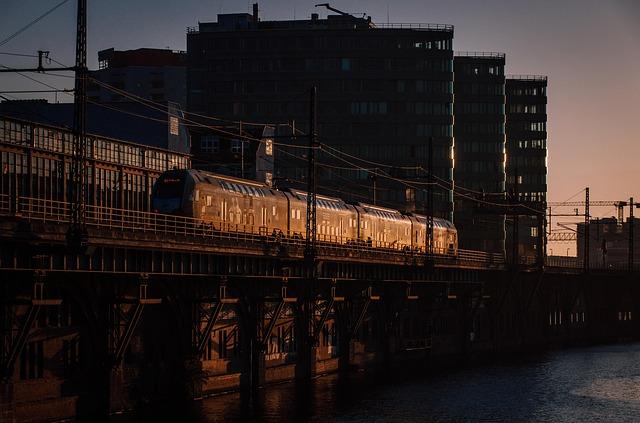Authorities in the Italian resort town of Cortina d’Ampezzo have imposed a cap on ticket sales for upcoming events amid mounting concerns over transportation capacity and crowd management. The decision aims to prevent overcrowding and ensure the safety and smooth flow of visitors during a period of heightened travel demand. As Cortina prepares to host a series of high-profile cultural and sporting events, officials are balancing the economic benefits of tourism with the logistical challenges posed by limited infrastructure.
Transport Concerns Lead to Strict Ticket Limits for Cortina Events
Local authorities have announced a strict cap on ticket sales for upcoming events in Cortina due to mounting concerns over transportation infrastructure capacity. With the town expecting tens of thousands of visitors, officials fear that existing roads and public transit options will be overwhelmed, potentially causing severe congestion and safety risks. This move aims to balance visitor influx while ensuring smooth mobility for both guests and residents during the peak season.
Key measures include:
- Reduction in daily ticket allocations by up to 30%
- Priority access given to local residents and seasonal workers
- Enhanced shuttle services to reduce private vehicle usage
- Strict parking regulations enforced across event venues
Organizers and transportation experts emphasize that these restrictions are essential to preserving Cortina’s accessibility and safety. Failure to adopt such measures could result in major logistical challenges during the events.
| Transport Mode | Current Capacity | Expected Demand | Action Taken |
|---|---|---|---|
| Road Traffic | 10,000 vehicles/day | 14,000 vehicles/day | Entry restrictions, timed access |
| Public Buses | 5,000 passengers/day | 7,500 passengers/day | Additional shuttles, priority lanes |
| Parking Spaces | 3,200 spots | 5,000 vehicles | Park-and-ride solutions |
Impact on Tourism and Local Economy as Visitors Face Access Restrictions
The decision to limit ticket sales has triggered mixed reactions among local business owners and residents who heavily depend on the influx of tourists during major events. Many fear that the reduced number of visitors due to access constraints will directly affect revenue streams, particularly for hospitality, retail, and transportation sectors. Key stakeholders worry that even a short-term decline in tourist numbers could have lasting economic repercussions, stalling the recovery efforts in the post-pandemic period.
Despite concerns, some experts argue that the enforced restrictions could foster a more sustainable tourism model, helping to alleviate congestion and preserve the region’s natural beauty. The local economy, however, must now grapple with a balancing act:
- Ensuring visitor safety and infrastructure capacity
- Sustaining business profitability amid lower foot traffic
- Adapting marketing strategies to attract high-value visitors over sheer volume
| Sector | Projected Impact | Adaptive Measures | |
|---|---|---|---|
| Hospitality | 15-20% revenue decline | Upscaling exclusive packages | |
| Retail | Reduced tourist purchases | Focus on local clientele | |
| Transport | Transport | Decrease in passenger volume | Optimize routes and increase off-peak services |
| Transport Option | Frequency | Capacity |
|---|---|---|
| Shuttle Buses | Every 20 minutes | 50 passengers |
| Regional Trains | Hourly | 200 passengers |
| Local Buses | Every 30 minutes | 40 passengers |
Closing Remarks
As transport concerns continue to challenge event organizers in Italy’s Cortina, authorities remain cautious in managing visitor numbers to ensure safety and accessibility. The imposed cap on ticket sales underscores the delicate balance between accommodating tourism and maintaining infrastructure capacity. Stakeholders are now looking toward long-term solutions to improve transport systems ahead of future large-scale events, aiming to avoid similar restrictions and support the region’s reputation as a premier destination.




